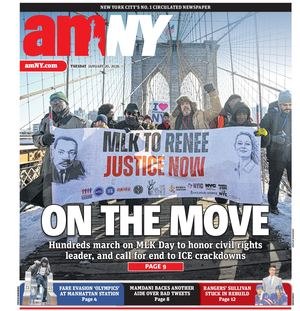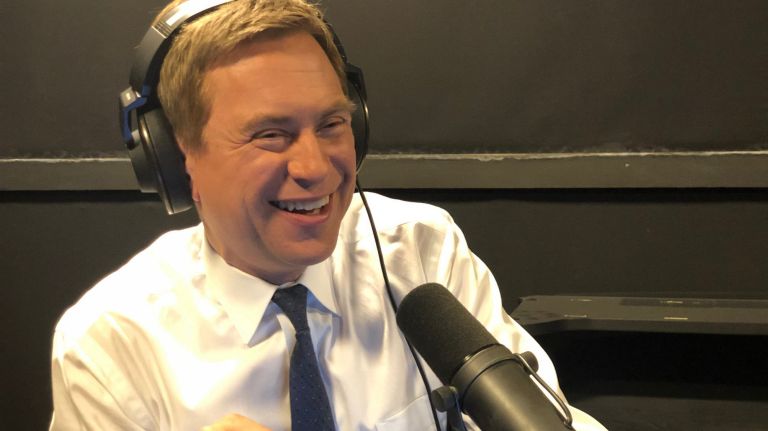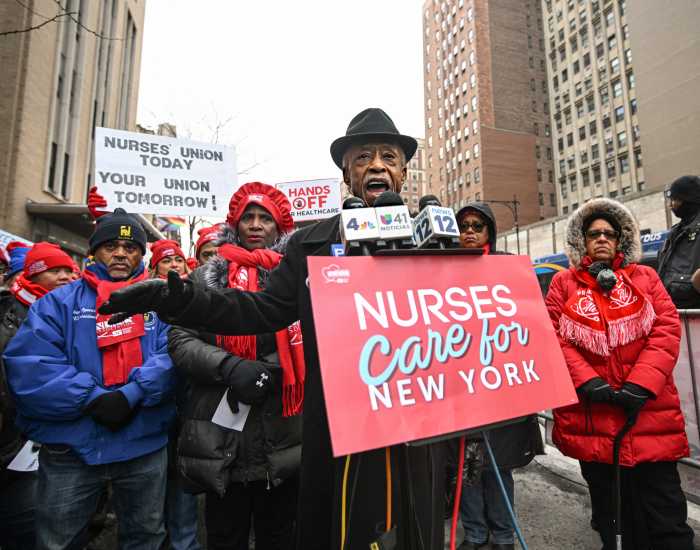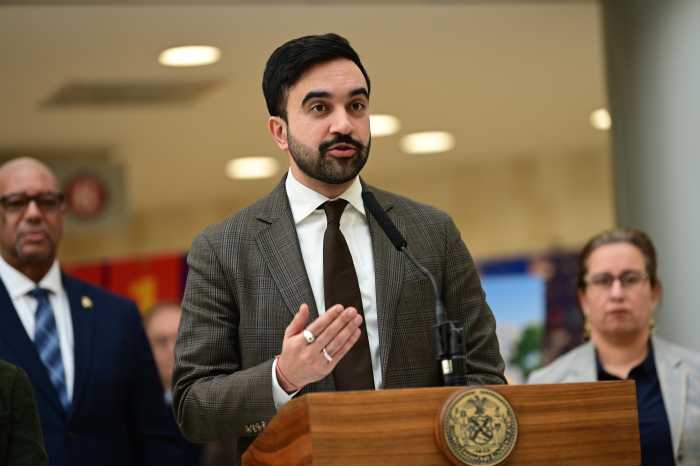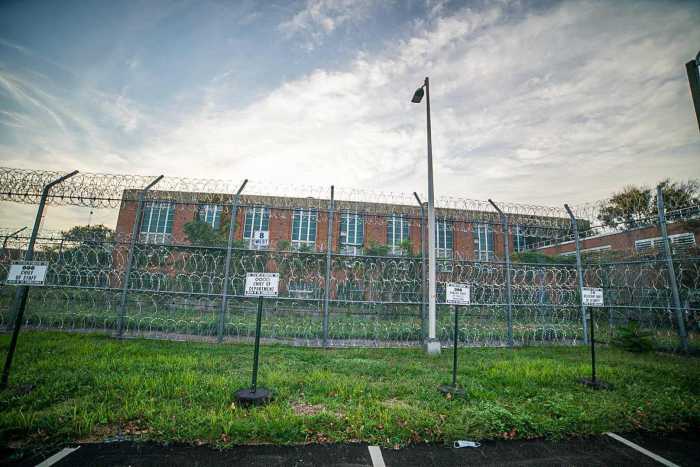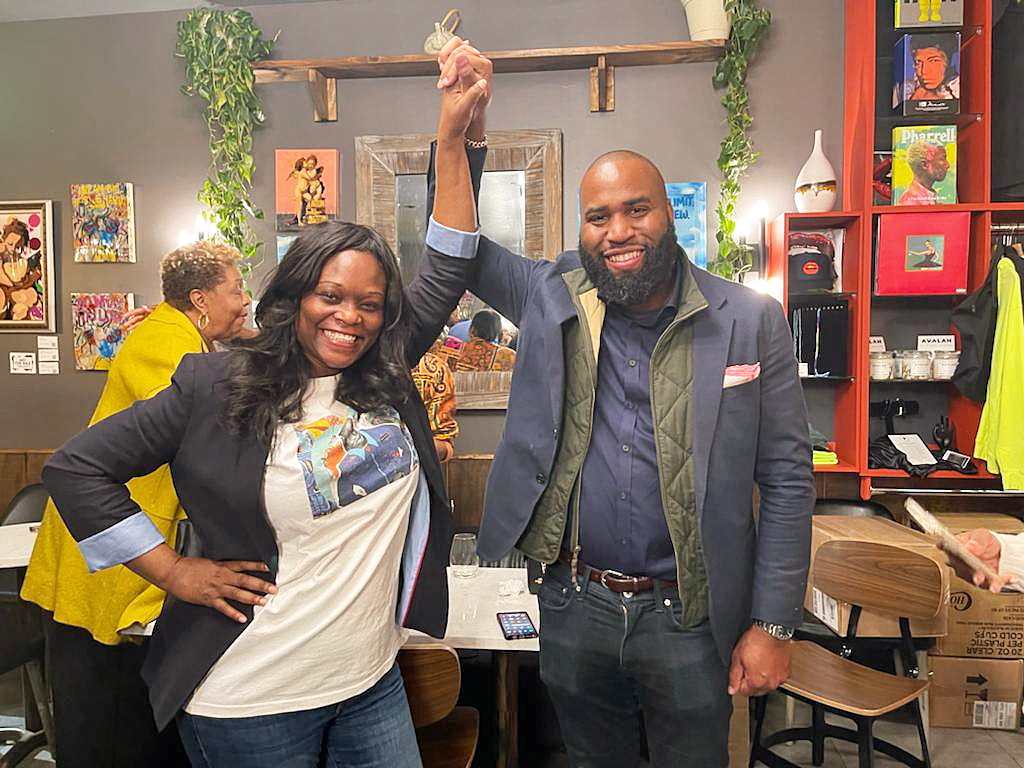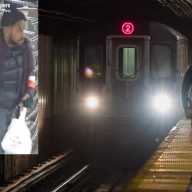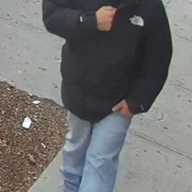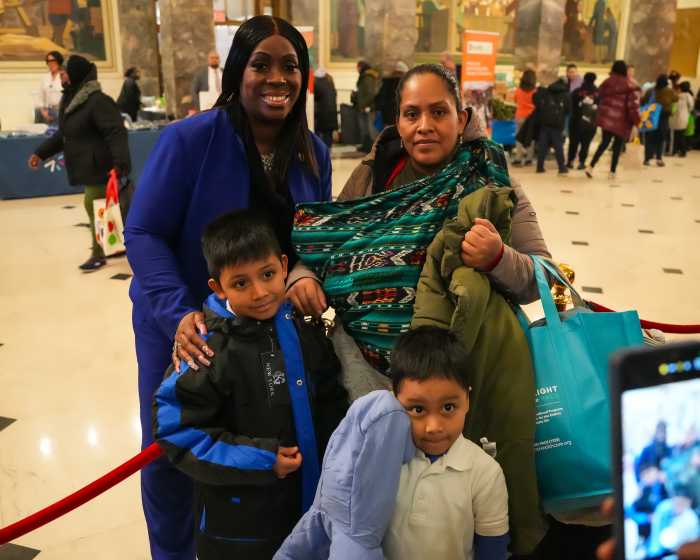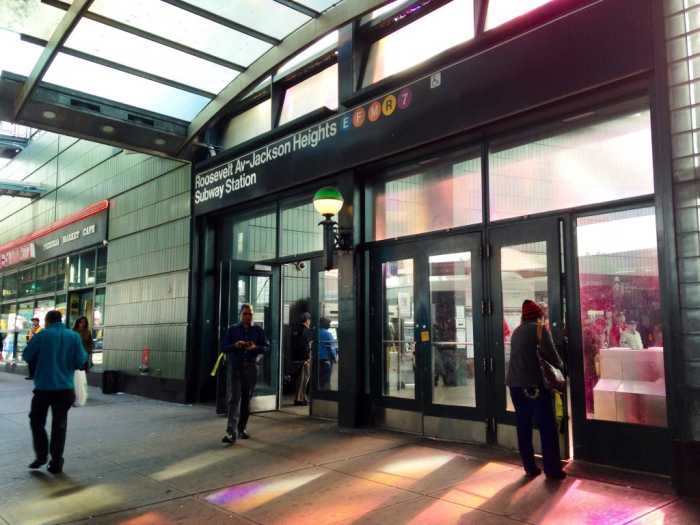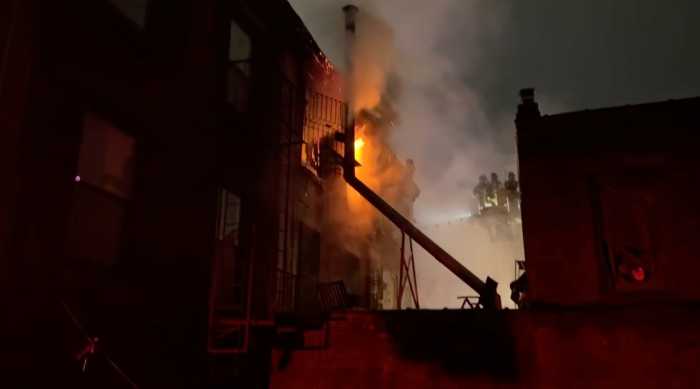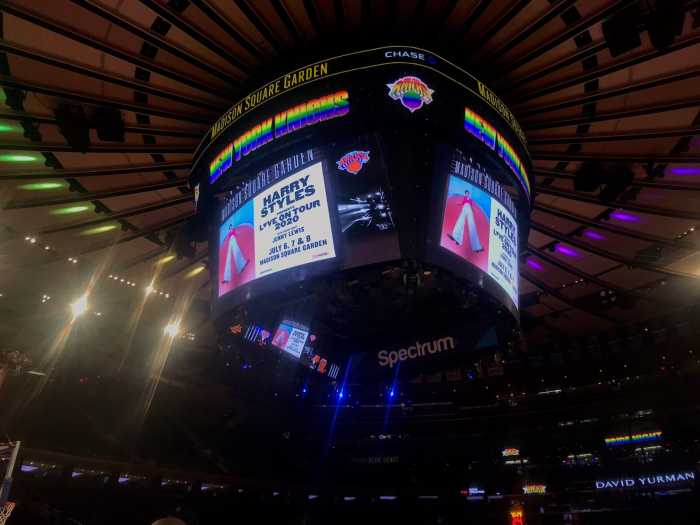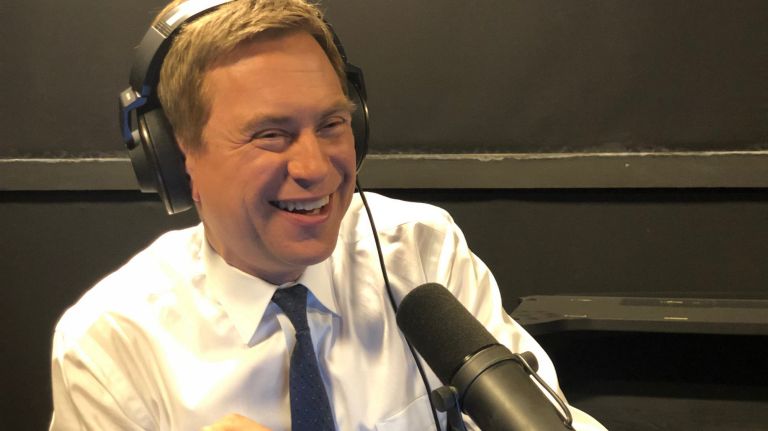
Millions of New Yorkers wake up to Pat Kiernan every day for his insightful and often-witty takes on the news, traffic, weather and sports on Spectrum News NY1. The popular, longtime television anchor is now venturing into the world of podcasts.
“Crosstown with Pat Kiernan” debuts on Thursday, giving Kiernan a chance to delve deeper into some of the city’s biggest stories with the help of NY1 reporters and the station’s massive archives. Kiernan, who lives in Williamsburg, spoke with amNewYork about the new podcast and how he will fit it into a hectic schedule that starts at 3 a.m.:
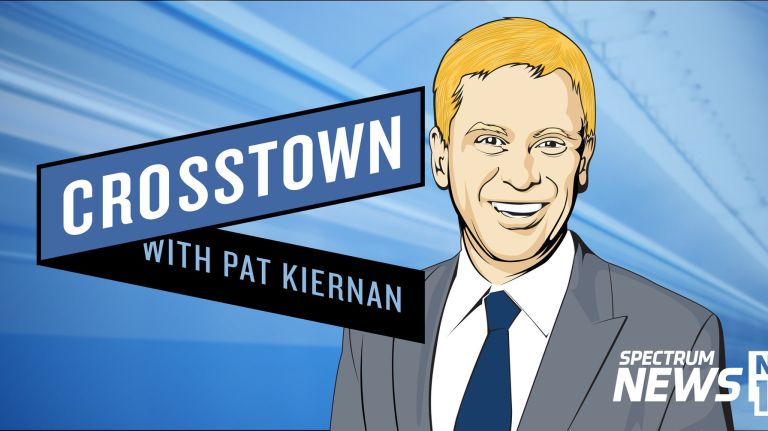
What will this new podcast focus on?
What I wanted to do each week is pick a story that feels like there was more to be discussed. It might not always be the biggest story of the week, but it will be one of the big stories of the week.
We get into depth in our NY1 coverage but we don’t get into as much depth as we could because we’re on the constraints of trying to get on with the other news of the day. We are less constrained in the podcast, and that gives a chance to maybe tell a side of the story that we weren’t able to tell on TV.
There’s always the behind the scenes anecdote — what happened before the press conference started, what happened after the press conference ended, and some of that will find its way into this podcast.
What issue will you explore with your first podcast out Thursday?
We are doing congestion pricing for podcast number one. One of the things we are getting into is the challenge of reporting a story that depends on the public having faith in the experts saying, "This is going to help." If you go to the Queensboro Bridge and ask somebody to roll down their window and say, "Hey, do you think it would be a good idea if they charged you more to drive," you know what the answer is going to be. As a reporter then you have to start explaining, "Here’s what they say the benefit will be on this," so we’ll talk about that — how you take a story to the next level, past the knee-jerk reaction.
This is how we want to leverage the NY1 archive. We have a quarter century of tape of people talking about issues like this. When we talk about congestion pricing in the podcast this week, you will hear Mike Bloomberg talking about congestion pricing in 2007. That’s an asset we have in the NY1 library and “Crosstown” is going to use that library of video and audio to full advantage.
What issues are you personally interested in that you would like to explore with this podcast?
If it leans to anything, it will be probably be these ideas of urban planning and rethinking the city. I have a personal bias to the fact that this can be a better place if we stop doing things the way we have always done them and start thinking about the right way to do things. It can be anything: land use, zoning, bike lanes, transit. There’s a lot of New York that’s done the way it’s done because nobody’s thought of another way. When you travel, you see that London has a new idea on this, Singapore has a new idea on this, Tel Aviv has a new idea on this. We don’t always acknowledge that there are others experiencing the same problems, and if we open our minds to their solutions we might find some for ourselves.
What else would you want people to know about this podcast?
We decided it would not be a guest-driven podcast. There are a lot of them out there and you spend all your time trying to book guests. Instead, we are telling these stories through the eyes of NY1’s journalists … Our NY1 reporters have a lot more to say, and the format of the various shows on TV doesn’t always allow them the right moment to say it. So this will give them another avenue for that and give the audience another view as to how our reporters are out there gathering the story, understanding a story, talking to the principals in the story and maybe it also shows you another side of them. This is a very relaxed, long-form conversation where you’ll see some of the humor and analysis from our reporters you wouldn’t see elsewhere.
